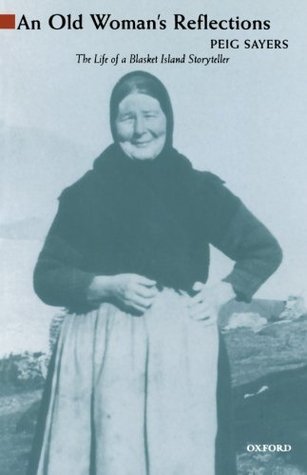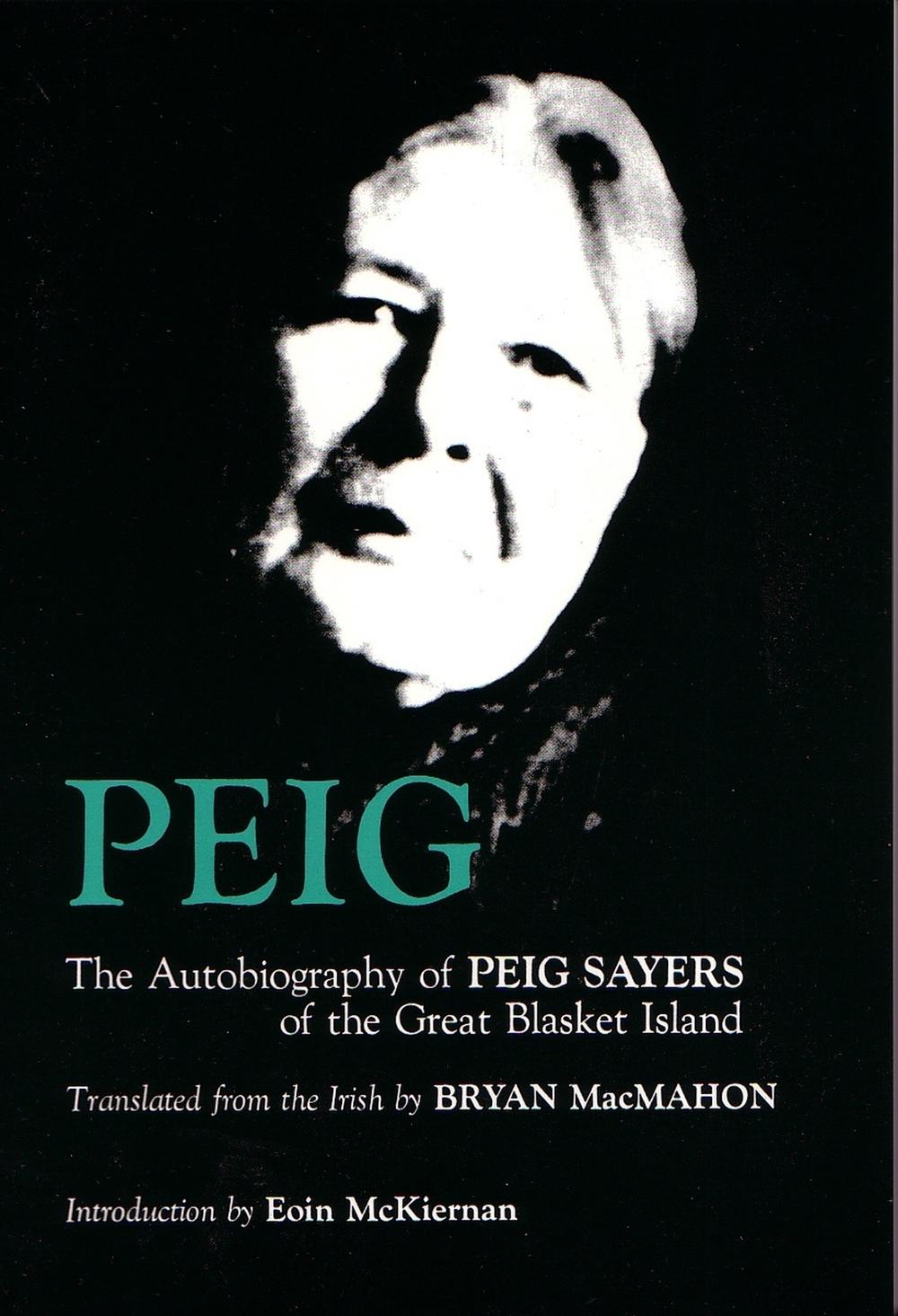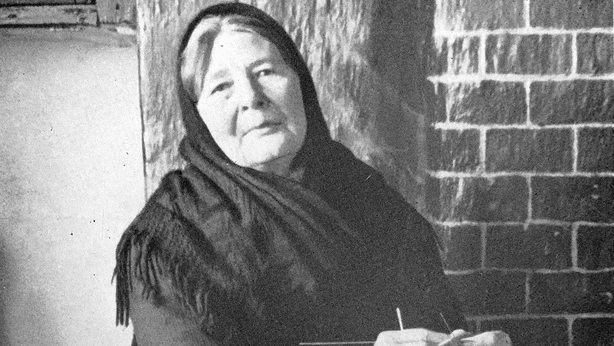
Irish-speakers engage in a complex dialogue with the power and authority of the Irish state, its ideologies, and those of the wider world beyond. I use the history of Ráth Cairn as a framework for investigating the use of traditional forms of rhetoric by rural Irish- speakers in their negotiations with the state. The Gaeltacht (Irish-speaking community) of Ráth Cairn, County Meath, was founded in 1935 as a result of grass-roots political agitation-Irish speakers in the West demanding good land in the East. I also show how unique individuals contribute to and transform these traditions. By studying this process, I show how one tradition constitutes itself as such, while constituting its own tradition bearers as recognizable social persons. Voicing functions through textualizing various behaviors, making them emblems of particular (as well as generic) personalities.

On another level, this dissertation explores the connections a local community makes between cultural forms and persons. I argue that these conflicts also involve "voice," since they center on the nature and identities of populations, ideological constructions of who the "best" or most typical Irish speakers are. A range of historical and political issues are centered around the nature and definition of Irish-speaking communities, conflicts over genre, code-switching, dialect and standardization, and the peculiar position of Irish as both a national and a minority language. 1973.This dissertation centers on a range of practices in spoken and written Irish involving the construction and transmission of poetic "voice." These range from quotation and imitation in conversation to a whole range of types and uses of direct discourse in verbal art, including literature. The Western Island. Oxford: Oxford University Press, 1945. " Women in World History: A Biographical Encyclopedia. The books were not written down by Peig, but were dictated to others. Sayers is most famous for her autobiography Peig ( ISBN 0-8156-0258-8), but also for the folklore and stories which were recorded in Machnamh Seanmhná ( An Old Woman's Reflections, ISBN 978-0-19-281239-1). She was remembered by one of the nuns there as "very stately and very dignified." A further volume of autobiography, Beatha Pheig Sayers, was published posthumously in 1970. After a bad fall in the late 1940s, her health deteriorated, and she spent the last eight years of her life in the Dingle Hospital. Peig, her son and her brother-in-law went back to live near Vicarstown on the mainland at the end of 1941. Ó Dálaigh recalled that Sayers' forte was the short tale: "from the opening of the narrative one would have no idea where the tale might turn."īy this time the Blaskets were in terminal decline and many islanders left during the Second World War. Thus in 1938, Seosamh Ó Dálaigh (Joseph Daly) arrived he would spend several years recording 350 ancient legends, ghost stories, folk stories, and religious stories of Peig's on an Ediphone cylinder. The head of the Irish Folklore Commission to send a full-time collector to speak to Peig. Peig was published in 1936. A second volume, Machnamh Sean-mhná (An Old Woman's Reflections), also edited by Ní Chinnéide, was published in 1939. He transcribed her recordings and sent them to Ní Chinnéide in Dublin who edited them for publication. It was a teacher Máire Ní Chinnéide , who was a regular visitor to the Blaskets, urged Peig to tell her story to Micheál. Micheál, returned in 1930 and earned a living sheep rearing and writing poetry. Peig had 11 children, six of which survived, all children emmigrated to the United States during the 1920's. There are some accounts of it being an arranged marriage while other accounts say she fell madly in love in him after seeing him on the island. She had no other choice but to return to work as a domestic servant.She returned home to Vicarstown in 1832 and married Pádraig Ó Gaoithín from the Great Blasket Island wurho was 12 years older than her on the 13th February. It was her wish to follow in the footsteps of her elder siblings and make the trip to America however the fare for her passage promised by her friend Cáit Boland never arrived. She was happy there however had to return home after 4 years due to illness.

Her first job was a domestic servant in the nearby down of Dingle to the Curran family. She attended the local National School until she was 14.

Tomás was a small farmer and a storyteller himself. Peig was the youngest child of Tomás and Margaret Sayers and was one of 13 children. Despite not writing a single sentence, Peig dictated her recollections about life on the Great Blasket Island to her son Micheál Ó Guithín. Peig Sayers is one of Ireland's greatest storytellers.


 0 kommentar(er)
0 kommentar(er)
